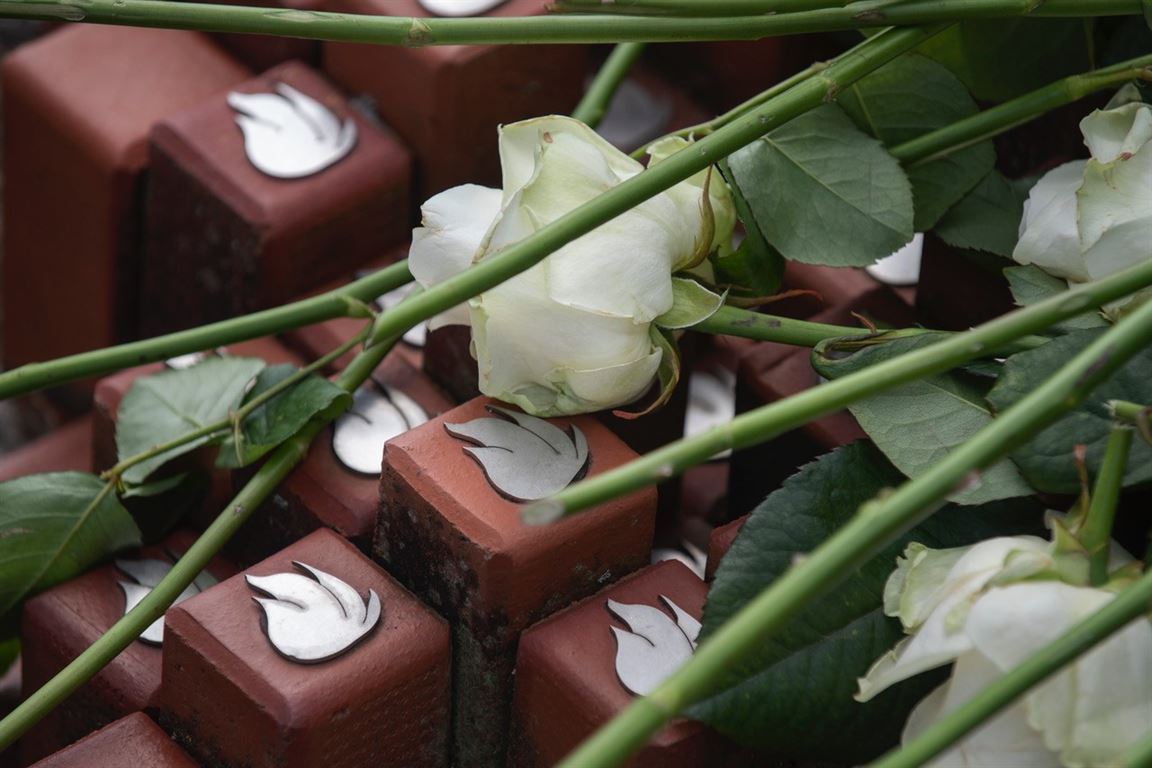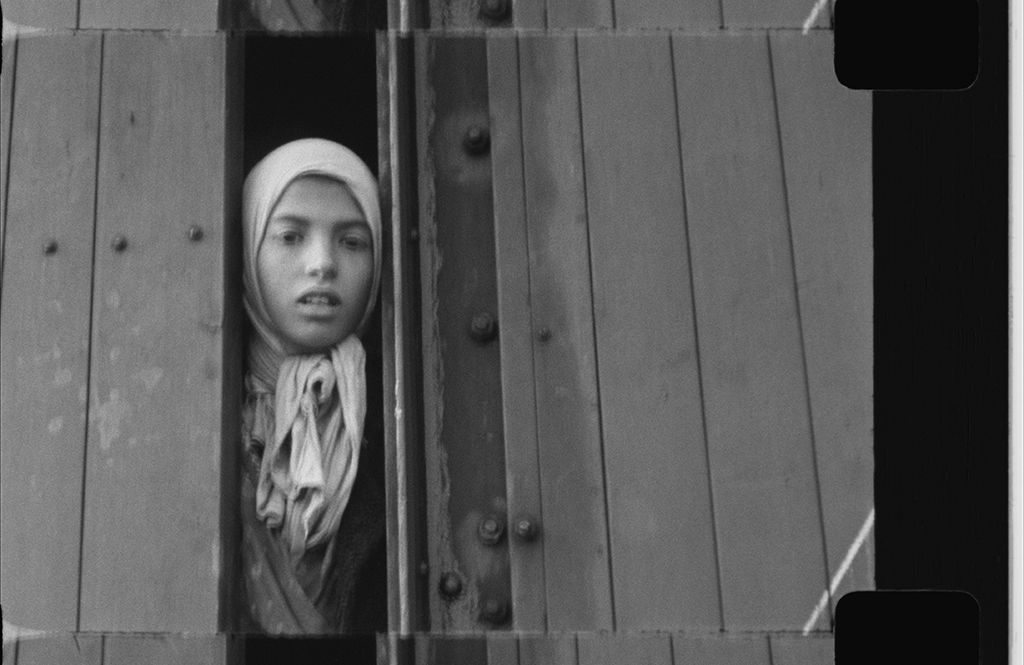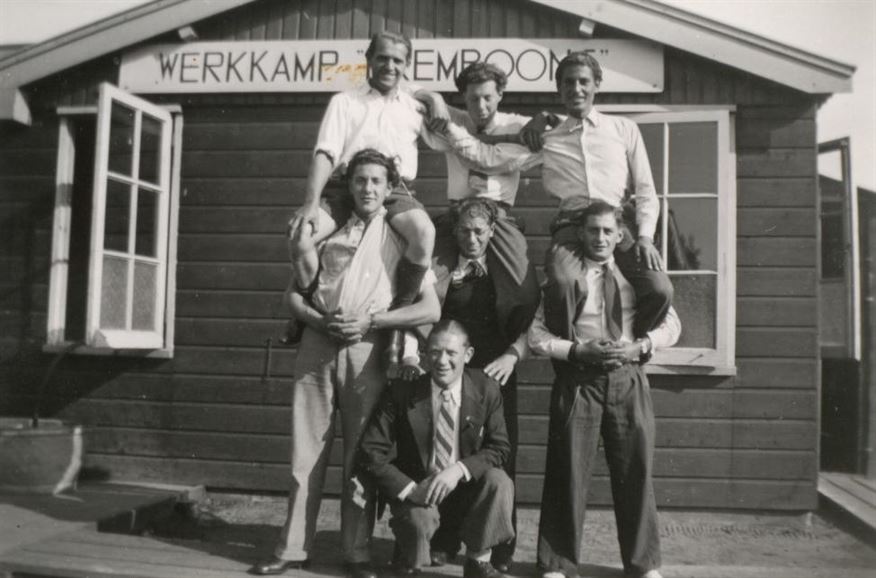History
During the Second World War, Camp Westerbork was known as ‘the gateway to Hell’. It was a transit camp to concentration camps like Auschwitz and Sobibor. However, the camp, built in 1939, was first used as a refugee camp for Jews fleeing from Germany and Austria.
Until its demolition in 1971, the camp was used almost continuously. Learn more about each time period below.










